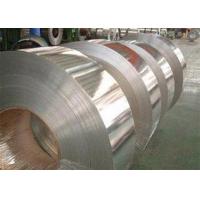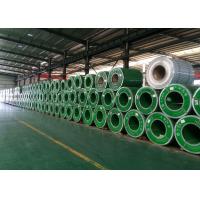About Us
JUYE metal was established in 2017 and is located in Ningbo City,which
is one of the China’s largest international port cities, with
convenient transportation facilities and mature commercial service
network for steel products.
We are a fast-growing company, nearly all the staffs have over 10
years of professional experience in stainless steel industry. We
specialize in the manufacturing, processing, distributing,
warehousing and logistics of stainless steel products. We cover all
aspects of the services, from the source of the stainless steel
industry chain to the final products recycling and reuse.
We are the main partner of big mills in China and abroad, such as
Tsingshan, Baosteel, Tisco, Jisco, Yongjin, Hongwang, Yusco,
etc...With our years of rich experience and knowledge accumulation
in the field of stainless steel, as well as professional processing
capabilities and a strong distribution platform, our products are
exported to all over the world, and we have cultivated a good user
base, which in turn has grown our team.
Our own warehouse in Ningbo bonded area stores 5,000~8,000 tons of
coils per month, mainly serving overseas customers for processing.
We carry out a series of further processing such as cutting,
slitting, trimming, polishing, and punching in our own factory.
We are implementing a strict quality control system to ensure that
all products meet quality requirements of customers. We have
attained many certificates such as ISO 9001,CE,PED,SGS ,etc.. All
the products will be strictly inspected before shipment.
Thanks to the support and trust of our partners, our sales volume
continues to increase and our business territory continues to
expand.

















